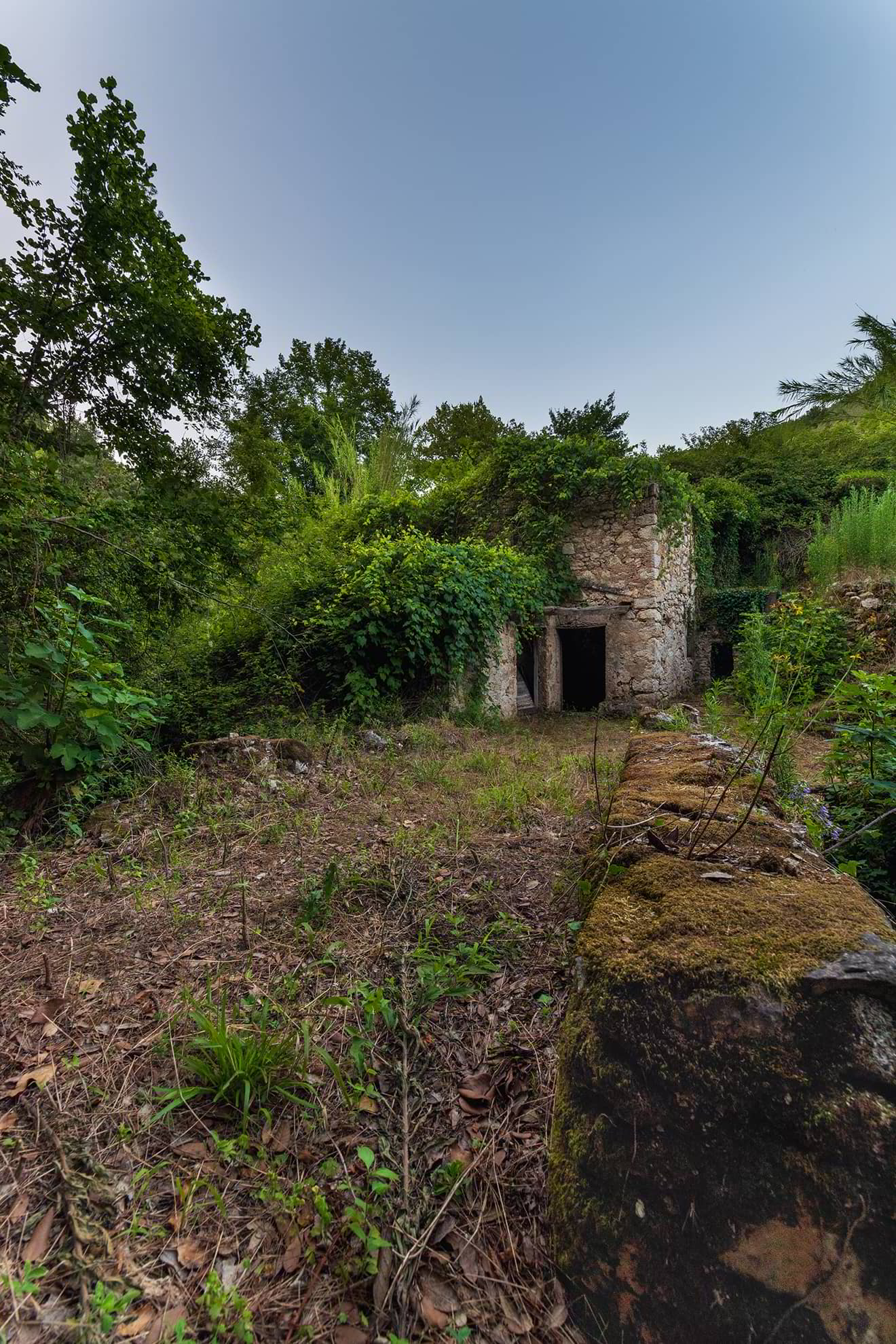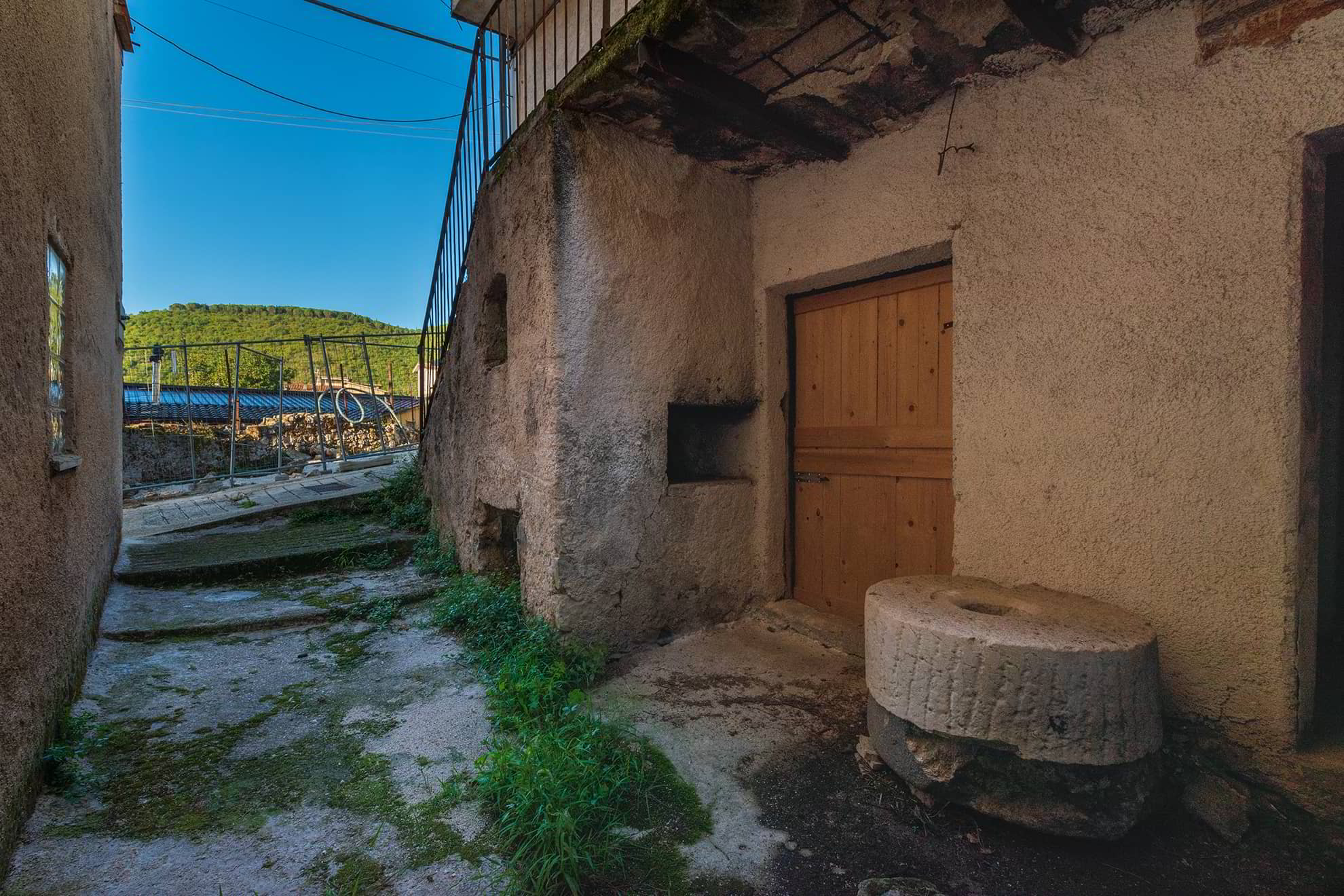Heritage
Water Mills and Oil Mills
Innovations, new employments and animals together at work.
18th Century
Water Mills
In 1700 a grain mill was built in the area of Campo by voluntary work of the citizens of Valleluce, as reported in a document found in the Archive of the Caserta State. The Municipality of Sant’Elia Fiumerapido in fact, was part of the Caserta Province until 1927 when the Province of Frosinone was established and it was included. The mill was managed by seven different millers who alternated one week each. A century later, in 1880 the population of Valleluce increased so much that the mill was not sufficient anymore. So, they resorted to the construction of a second much larger and functional one, approximately half mile downstream. Two mill stones were installed, one for grain and the other for the corn. In 1905, at about 1 mile downstream a third mill was built, even larger than the previous ones, but this time a small hydro electric generating plant was added to provide electricity for the town’s lighting1.
19th-20th Century
Olive Oil Mills
The olive oil mills were considered from the citizens of Valleluce, together with the mills, some of the most favorite places. Once in the village there were eight olive oil mills which where powered only by the traction of animals, such as mules, because of their strength and patience. To put the mill into operation, a 9,85 feet long wooden pole was attached to the mule and was pulled at a regular pace. The olives were placed on the edge of the turn, a 31,5 inches high concrete construction located in the center of the crusher, so that it could slide them between the two piers with the tip of a spade. After a few turns, the crusher collected the crushed material and placed it again on the edge where the olives had been removed. At the end of the pressing, the oil was collected in a container called zirr. Even though these structures are no longer used, the extra virgin oil of Valleluce is still an important resource of our fraction, very appreciated in the surroundings of the village2.

